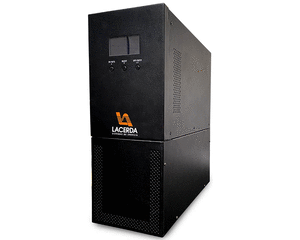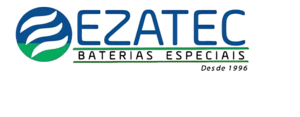Today’s global megatrends—loosely defined as long-term trends that
shape societies and economies worldwide—include, e.g., the transition
to a fully renewable energy supply and the establishment of evermore
stringent efficiency requirements for industry. Similarly, the trend of
rapid global urbanization creates a need for sustainable mobility. The
digital disruption contributes to increased electricity demand but on the other hand
enables solutions such as smart energy networks or design, control, and
monitoring systems supported by artificial intelligence (AI).
Ultimately, future energy systems should seamlessly integrate,
e.g., renewable energy sources, electric mobility, and
industrial plants, i.e., they will be mostly electric.
Power electronics is a key enabling technology for this
transition to an all-electric society. Power electronic systems
are and will be ubiquitous—be it as grid interfaces
for datacenter power supplies (datacenters and data transmission
networks consumed about 2%–3% of the world’s
2020 electricity production) or ultra-fast electric vehicle
(EV) charging stations (the U.S. government targets a 50%
EV market share by 2030), or as smart motor drives for
industry automation (45% of all electricity powers electric
motors, driving a wide variety of loads from pumps to
highly dynamic actuators in robotics applications)..
VIEW FULL MAGAZINE WEB:

.gif)









Nenhum comentário:
Postar um comentário